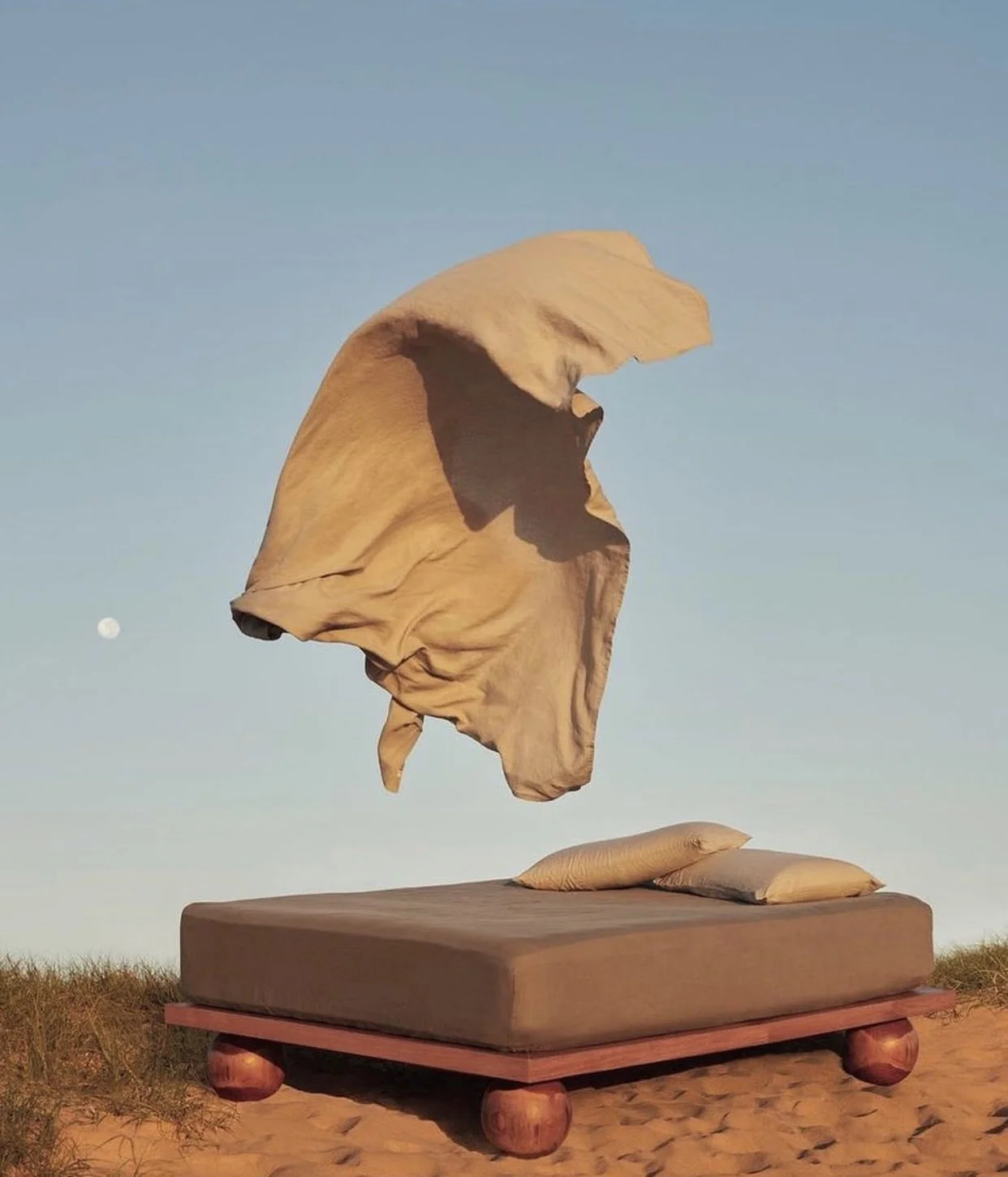the doshas our foundation to health
By Irene Legaspi
✹
The Ayurvedic texts called the Vedas were written over 5,000 years old. They were documented in Sanskrit, one of the oldest languages in the world. Being introduced to Ayurveda as a first timer can be a little intimidating, you are technically learning a new language and a new perspective on life itself. But, by having an open mind and a willingness to learn you can allow yourself to embrace this beautiful language of nature. Along with the many gifts it has to offer towards your health and well-being.
There are many concepts unique to Ayurveda. The concept of the Doshas- 3 biological energies Vata, Pitta and Kapha that exist in a humans. Together they form the foundation of our health. All of creation arises from the 5 elements found in nature space, air, fire, water and earth. They manifest physically as the three which govern all aspects of our body and mind. To stay healthy, understanding the Doshas is an important step to keep us in balance.
According to allopathic medicine when we are born we all have a genetic code called our DNA that it unique to us. The Doshas are our unique genetic code and varying from person to person. For example, a person can be born with more Vata and another person can be born with more Pitta etc. All 3 exist in all human bodies at varying degrees. The genetic “dosha code” we are born with is called “Prakriti”. As we move through life many factors effect the balance of our doshas. When a specific Dosha becomes imbalanced that is called “Vikruiti”. So the goal of Ayurveda is to always keep the Doshas balanced. Now let’s take a closer look at the characteristics and qualities of each. You will notice that you might resonate with one more than another or with all three.
vata
Vata types are a combination of the elements space and air. The qualities are cold, dry, rough, light and moving quickly all over the place. They are people who like to move around all the time and rarely stay in one place for too long; energetic, extroverted and creative when in balance. When out of balance they can suffer from dry skin, anxiety, indecisiveness and GI issues.
Air supports all mobility that regulates all activity in the body from thoughts, catabolism, elimination in the bowels and the air that is our breath which keeps us alive. Physically, Vata persons are naturally slender, have small eyes, bones that easily crack, drier hair, skin and always maintain a cooler body temperature.
pitta
Pitta types are a combination of the elements fire and water. The qualities are hot, oily, sharp, penetrating, light, and drying. They are people who are ambitious, passionate, courageous, natural leaders, logical, type- A personalities. When out of balance they can be angry, judgmental, overly critical, perfectionists. And suffer from premature graying, baldness, inflammation in the gut and skin.
Fire supports all metabolic activity in the body that produces transformation, a strong digestion, radiant skin, regulation of body temperature. Physically, Pitta persons are of medium body frame and weight. They seldom gain or loose weight and are always warm to the touch.
kapha
Kapha types are a combination of earth and water. The qualities are heavy, cold, solid, stable and dense. They are people who are strong, grounded, calm, patient, introverts, nurturing and move at a slower pace. When out of balance they can become lazy, gain weight, and suffer from congestion, abnormal growths, depression or has a problem "letting go".
Earth supports the bodies structure, anabolism, nourishment, moisture, lubrication and fluidity. Physically, Kapha persons have a larger body frame, bigger eyes, oily hair and skin. They usually are cold and clammy to the touch.
To find out your unique Dosha code you can take a dosha quiz online. I like the one from www.banyanbotanicals.com. To get a more in-depth evaluation scheduling an appointment with an Ayurvedic Practitioner is recommended.
✦

